Nestled in the heart of Rajasthan, Jaipur, famously known as the “Pink City,” is a blend of royal grandeur, rich culture, and vibrant traditions. As the capital of Rajasthan, this city has managed to beautifully preserve its regal past while embracing modern-day charm. A visit to Jaipur is like stepping into a living museum where history, art, and culture come together to offer a truly unforgettable experience.
The History of the Pink City
Jaipur’s story dates back to 1727 when it was founded by Maharaja Jai Singh II. The city was carefully planned, following the principles of Vastu Shastra, the ancient Indian architecture science, making it one of the first planned cities in India. Jaipur’s distinct pink hue came about in 1876 when the city was painted in terracotta pink to welcome the Prince of Wales. Since then, the pink shade has become synonymous with the city, earning it the nickname The Pink City.
Jaipur, also known as the “Pink City,” is a dazzling fusion of history, culture, and architectural splendor. The capital of Rajasthan, Jaipur offers a perfect blend of old-world charm and modern-day vibrancy. Whether you are a history lover, a foodie, or an adventure seeker, Jaipur has something for everyone. If you are planning a trip to this magical city, here’s a list of the top places to visit in Jaipur that will make your journey unforgettable.
1. Amber Fort (Amer Fort)
A visit to Jaipur is incomplete without exploring the majestic Amber Fort. Located on a hilltop, about 11 kilometers from the city center, this fort is a stunning blend of Hindu and Mughal architecture. Built by Raja Man Singh I in the 16th century, the Amber Fort is known for its intricate mirror work, stunning courtyards, and the famous Sheesh Mahal (Mirror Palace), where thousands of tiny mirrors reflect light in mesmerizing patterns.
Visitors can reach the fort via a jeep ride or an elephant ride, which adds to the regal experience. The fort also offers panoramic views of the surrounding hills and the Maota Lake below.
2. City Palace
In the heart of Jaipur lies the grand City Palace, a beautiful blend of Rajasthani and Mughal architecture. This sprawling complex, built by Maharaja Jai Singh II in the 18th century, is home to museums, courtyards, and gardens. The Chandra Mahal and Mubarak Mahal within the palace are known for their exquisite design and art collections.
One of the highlights of the City Palace is the Diwan-i-Khas, which houses the famous Peacock Gate and Swarna Mahal (Golden Palace). The palace is still the residence of the royal family, so visitors can only explore certain parts of the palace.
3. Hawa Mahal (Palace of Winds)

One of Jaipur’s most iconic landmarks, Hawa Mahal, was built in 1799 by Maharaja Sawai Pratap Singh. This architectural marvel is a five-story palace with 953 small windows, or jharokhas, designed to allow royal women to observe street life without being seen. The palace is a stunning example of Rajput architecture and is often referred to as the “Palace of Winds” because of its unique design that allows cool breezes to pass through.
The Hawa Mahal’s intricate latticework and stunning facade make it a must-see on your visit to Jaipur.
4. Jantar Mantar
For history and science enthusiasts, Jantar Mantar is an essential stop in Jaipur. This UNESCO World Heritage Site is an astronomical observatory built by Maharaja Jai Singh II in the 18th century. It houses the world’s largest stone sundial, the Samrat Yantra, and other remarkable instruments used to observe celestial bodies.
Jantar Mantar offers a fascinating glimpse into the history of Indian astronomy, and its massive instruments are a stunning example of scientific precision from centuries ago.
5. Jaigarh Fort
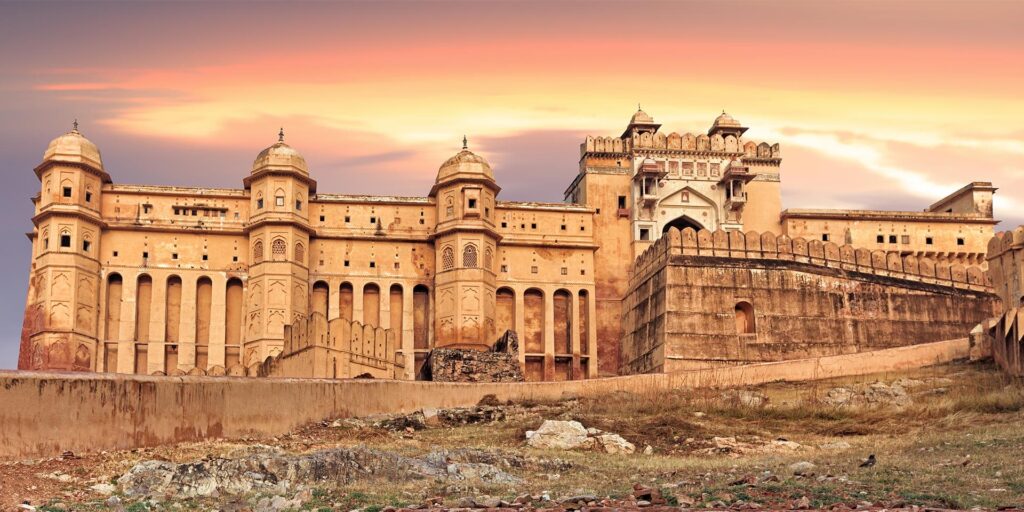
Located on the Aravalli hills, Jaigarh Fort is an imposing structure built in the 18th century to protect Amber Fort. Known for its military architecture and strategic location, the fort houses the world’s largest cannon on wheels, Jaivana Cannon. Jaigarh Fort offers stunning views of the surrounding hills and the Amer region.
The fort is also home to museums that showcase Rajasthan’s military history, armor, and weapons. It’s less crowded than some of the other forts, making it a peaceful and fascinating place to explore.
6. Nahargarh Fort
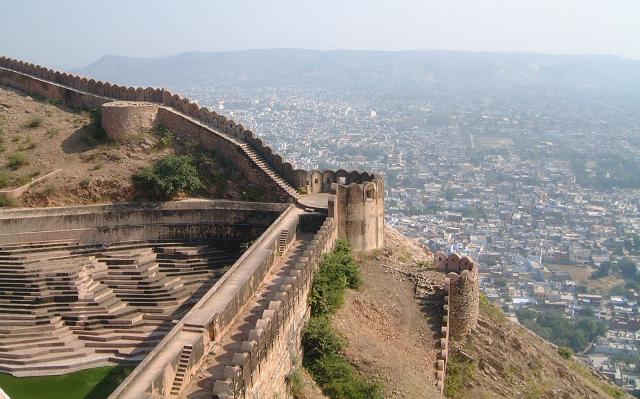
Perched on the Aravalli hills, Nahargarh Fort offers panoramic views of Jaipur and is a great spot for photography. Built in 1734 by Maharaja Sawai Jai Singh II, the fort was initially constructed for defensive purposes and served as a retreat for the royal family. The fort has several beautiful rooms with ornate frescoes and designs.
The fort is also famous for its Step Well and the charming Padao Restaurant, where you can enjoy a meal with an unforgettable view of the city.
7. Albert Hall Museum
If you’re a fan of art and culture, the Albert Hall Museum is a must-visit. Located in the Ram Niwas Garden, this museum is the oldest museum in Rajasthan and houses an impressive collection of artifacts, including textiles, sculptures, paintings, and a collection of musical instruments.
The museum’s building itself is an architectural gem, designed in the Indo-Saracenic style, and is a perfect example of Jaipur’s regal heritage.
8. Birla Mandir (Laxmi Narayan Temple)
Located at the foot of Moti Dungri Hill, Birla Mandir is a beautiful white marble temple dedicated to Lord Vishnu and Goddess Lakshmi. The temple’s serene ambiance, intricate carvings, and stunning views of the city make it a peaceful place to visit. It’s a popular spot for both locals and tourists alike, offering a quiet escape from the bustling city.
9. Jal Mahal
The Jal Mahal, or Water Palace, is a stunning architectural beauty located in the middle of Man Sagar Lake. Built in the 18th century by Maharaja Madho Singh I, this palace is an exquisite example of Rajput and Mughal architecture. While visitors cannot enter the palace, the view from the lake is picturesque, and the surrounding area is perfect for a peaceful stroll.
The best time to visit Jal Mahal is during the evening, when the setting sun reflects off the water, making it a perfect spot for photography.
10. Nahargarh Biological Park
For nature lovers, Nahargarh Biological Park offers a refreshing escape. Situated near Nahargarh Fort, this park is home to various species of wildlife, including tigers, leopards, and various birds. It’s a great place for a leisurely walk or to enjoy a safari amidst nature, offering a break from the busy streets of Jaipur.
11. Galtaji Temple (Monkey Temple)
Located on the outskirts of Jaipur, Galtaji Temple is an ancient Hindu pilgrimage site. Set in a lush green valley, the temple complex is known for its beautiful architecture, natural springs, and numerous monkeys that roam the area. The temple’s serene surroundings make it a peaceful spot to relax and enjoy the natural beauty.
12. Jaipur Markets: Bapu Bazaar and Johari Bazaar
Jaipur is a shopping haven, with markets offering everything from handicrafts to textiles and jewelry. Johari Bazaar is famous for its exquisite jewelry, including Kundan and Meenakari designs. Bapu Bazaar is the perfect place to shop for Rajasthani textiles, Bandhani (tie-dye) fabrics, and traditional handicrafts.
The markets are also home to street food stalls where you can taste local snacks like Samosas, Kachoris, and Pani Puri.
Conclusion
Jaipur, the Pink City, is a treasure trove of history, culture, and architectural beauty. From the majestic Amber Fort to the tranquil Birla Mandir, the city offers a variety of experiences for every type of traveler. Whether you’re exploring ancient forts, shopping in bustling bazaars, or savoring delicious Rajasthani cuisine, Jaipur promises a journey that you’ll cherish forever. So, pack your bags, and get ready to experience the magic of Jaipur!

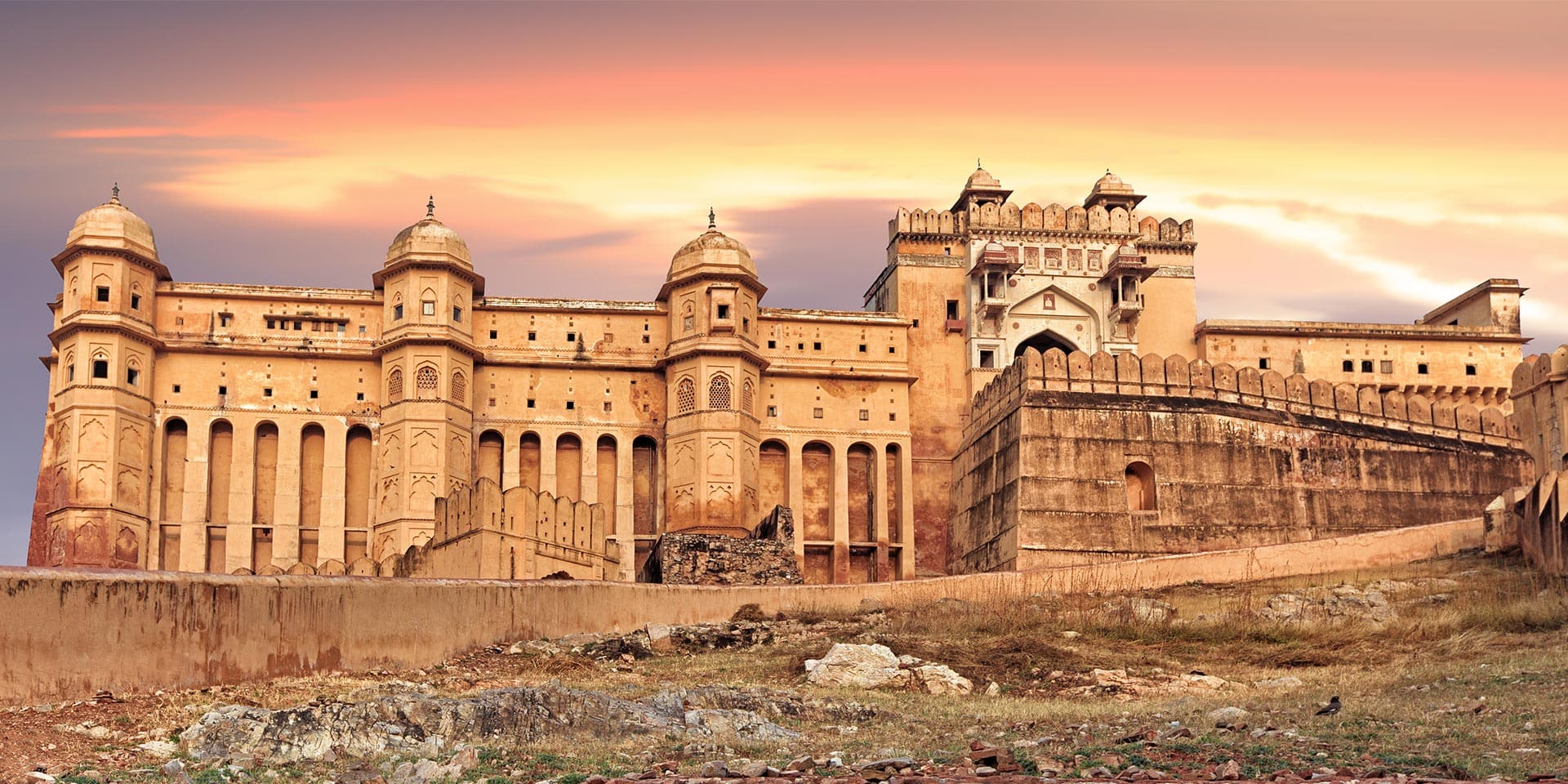
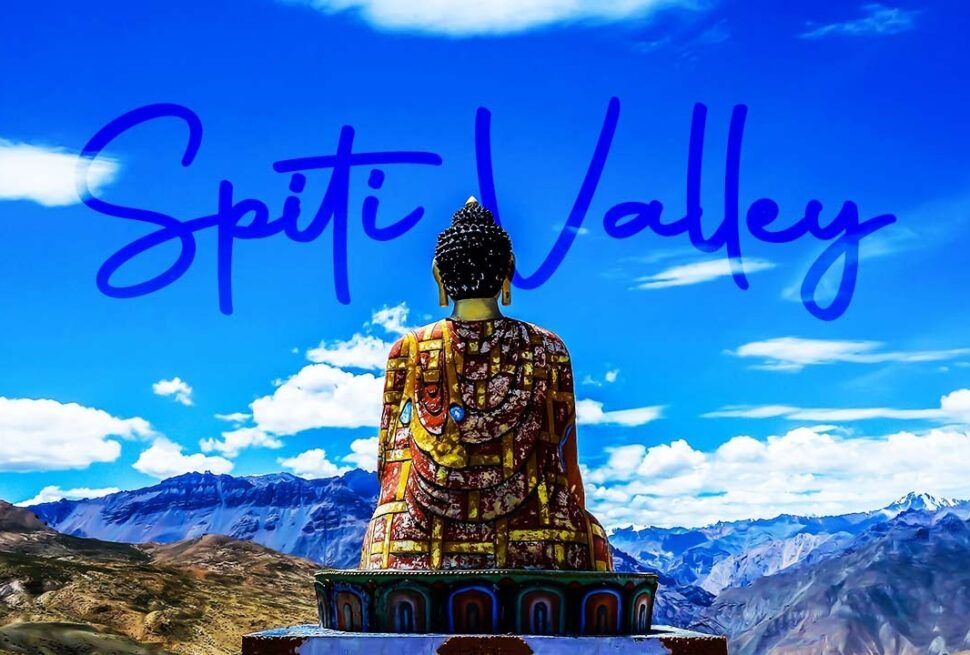


I am constantly invstigating online for posts that can aid me. Thanks!
Hello are using WordPress for your blog platform? I’m new to the blog world but I’m trying to get started and set up my own. Do you require any html coding knowledge to make your own blog? Any help would be greatly appreciated!
This is the suitable weblog for anybody who desires to seek out out about this topic. You realize a lot its almost onerous to argue with you (not that I actually would need匟aHa). You definitely put a brand new spin on a topic thats been written about for years. Great stuff, simply nice!
Thanks , I’ve just been searching for info about this topic for a long time and yours is the greatest I’ve discovered till now. But, what in regards to the bottom line? Are you positive about the supply?